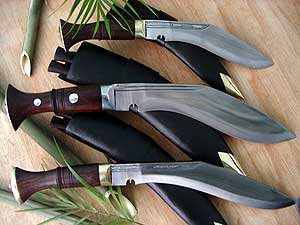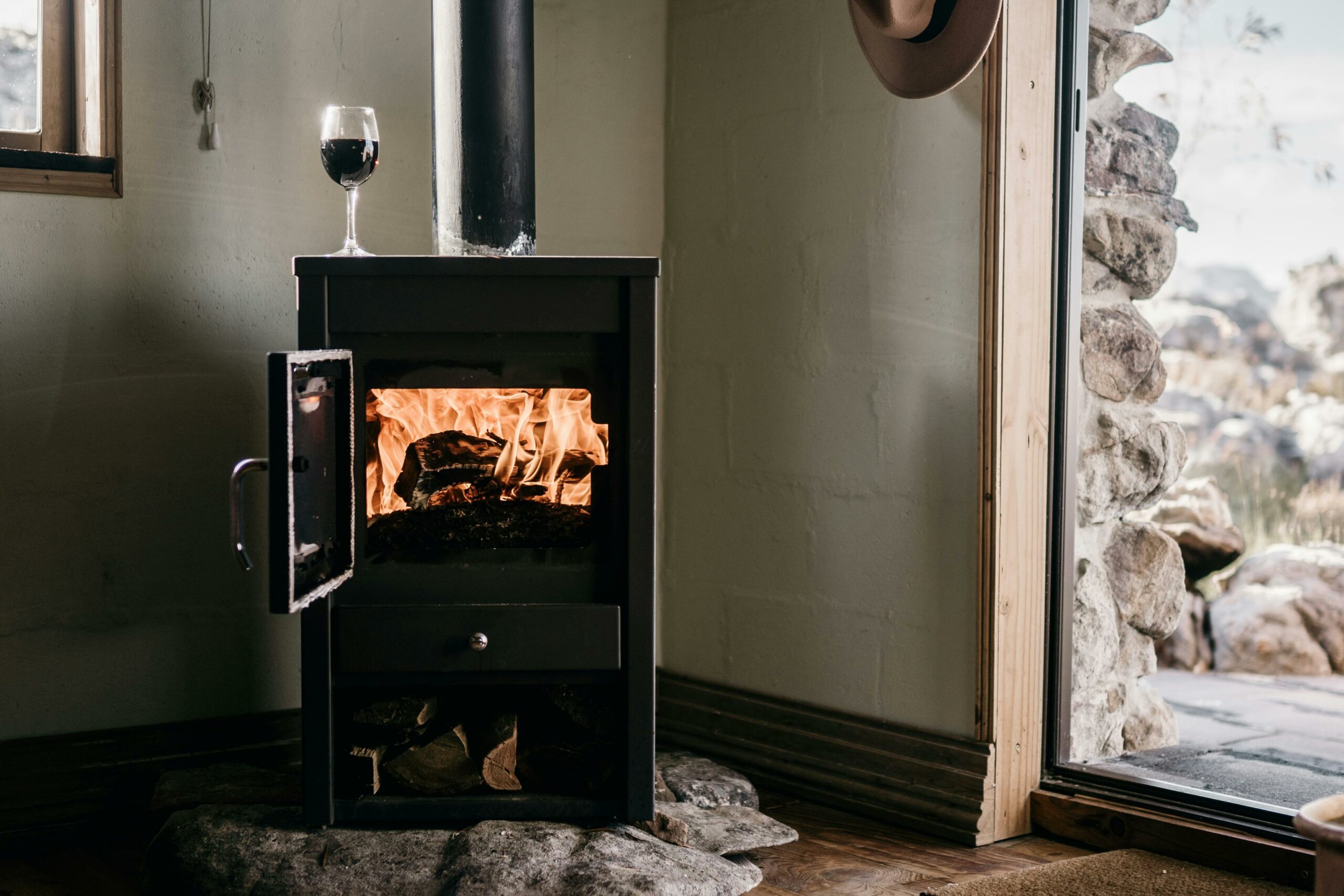If a man says he is not afraid of dying, he is either lying or he is a Gurkha.
Field Marshall Sam Manekshaw
The Gurkhas (or Gorkhali, as the call themselves) are one of the native tribes of Nepal. In the 19th century Anglo-Nepalese war they evinced such great courage and tenacity that the British East India Company recruited them into their ranks at the close of the war.
This proved to be an excellent decision. The Gurkhas themselves are a martial people, terrible in battle, but quick to laugh and slow to take offence. Their willingness to work long hours and march great distances distinguished them from other indigenous soldiers of the empire such as the sepoys of India.
And it was in India, during the Great Mutiny of 1857, that the mettle of the Gurkhas came to the attention of the world.
The Great Mutiny was a struggle in which great heroism was exhibited on both sides of the struggle. It was a time of legends, of the fearless John Nicholson and the brilliant regiment of Hodsons Horse; and of course the Gurkhas.
The Gurkhas defended Hindu Rao’s (an Indian supporter of the British) house successfully during the siege of Dehli, though they lost over 75% of the regiment. The Gurkhas took part in the relief of Lucknow and displayed incredible durability when the marched to Meerut, averaging 48 kilometres marched a day.
Nor has the reputation of the Gurkhas diminished since. Throughout the history of the British Empire they continually fought with courage and conviction and their legend grew. Over 26 Victoria Cross have been awarded to members of Gurkha regiments.
The kukri is the Gurkha cultural weapon. It has also gained a fearsome reputation as an implement of war. The kukri bridges the gap between short sword and knife. Indeed, we might call the gladius of the East, its heavy blade being generally 30 to 38cm in length. It has a slight curve. One can be forgiven for thinking it to be a Malaysian Parang, but it is much weightier, coming in close to a kilogram; also, where the parang has a smooth curve, the kukri has a well-defined notch.
Kukri is also an ideal tool, for the lower part of the blade is well suited to chopping wood, while the point is sharp enough for skinning hide. The upper part of the blade can also be used for finer wood cutting.
The Gurkhas and the kukri are bound together in the military legend of the people who have been described as: “Bravest of the brave, most generous of the generous, never had country braver friends than you.”
You can find kukris on bidorbuy.










